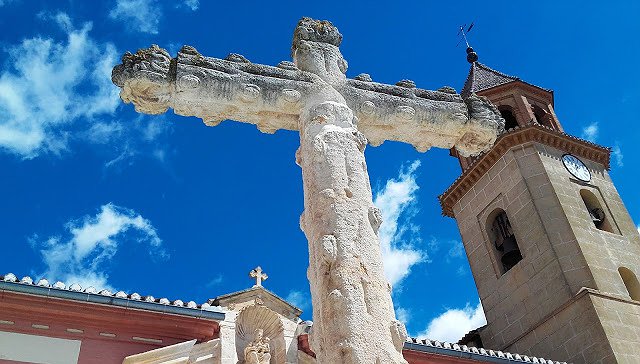I agree Our site saves small pieces of text information (cookies) on your device in order to deliver better content and for statistical purposes. You can disable the usage of cookies by changing the settings of your browser. By browsing our website without changing the browser settings you grant us permission to store that information on your device.
Padul is the closest town to Granada and is therefore the gateway town to this beautiful valley, the Valley of Joy.
It is located only 13 km from Granada and 40 km from Sierra Nevada, the coast of Granada or the Alpujarra. It becomes the perfect place to plan all your visits to the most interesting places in the province of Granada.
Padul has been witness to various cultures and civilizations that have left an important cultural and monumental heritage. During your visit to this town you will discover its history, traditions, customs and cultural monuments.
One of the most important and representative attractions of Padul is its wetland. It is considered one of the most interesting wetlands in southern Europe. Its great interest and environmental importance has given it such unique cataloguing as a Special Protection Area for Birds, protected area of the Sierra Nevada National Park and Wetland of International Importance under the RAMSAR agreement.
This wetland, composed by the lagoon and a large area of reeds, is located only 500m from the town centre. The most accessible and respectful way to discover it is through its three prehistoric routes, the Mammoth Route, the Woolly Rhino Route and the Sabre-toothed Tiger Route.
This privileged place, which is of great importance from an ecological, scientific and landscape point of view within the Sierra Nevada Natural Park, also has a peculiar peat bog, where were found mammoth remains and other prehistoric animals.
Following the appearance of these remains, the mammoth has become the symbol of the municipality, creating an infinite number of products and services with the brand of the mammoth. Furthemore, there are sculptures of prehistoric animals on a real scale, you will find them next to the Town Hall of Padul and in the surroundings of the prehistoric animals park.
Padul is the perfect destination to enjoy the tranquillity of a rural atmosphere and to find all the services and shops of a small city.
Come to Padul and discover the Mammoth Village.
The local gastronomy is rich and varied derived from its diversity of cultures and civilizations.
It is praised by all those who taste it. Some of the most typical dishes of Padul are choto al ajillo, potatoes in ajopollo, puchero de hinojos and a great variety of sausages and handmade products. From the traditional to the avant-garde, the gastronomy of Padul stands out for its variety, quantity and quality.
Other of the most delicious and common products of Padul are the pork products, cheeses, migas, puchero, wine and sweets, inspired by the Moorish confectionery and made with artisan techniques.
There are many local production companies that have made tradition and know-how an economic method to promote local products.
Some of the local products that we recommend you to taste during your visit to Padul are gourmet jams, goat cheeses with a variety of flavours, liqueurs, sweets, honeys, wine or oil.
If you come to Padul you will be able to enjoy numerous cultural, leisure and festive activities all year round.
Thanks to the splendid natural scenery and the privileged location of Padul this is the ideal place for the practice of all kinds of outdoor sports activities such as hiking or MTB.
Hiking. Padul has a huge and splendid natural environment so there are endless routes and itineraries to discover it.
Some of the most recommended routes are:
In addition, several sporting events are held throughout the year such as the Mammoth Mountain Race, the International Mammoth Race or championships such as rhythmic gymnastics, judo or BMX.

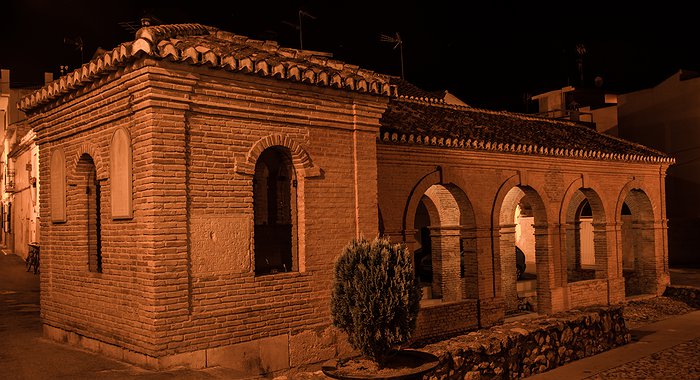
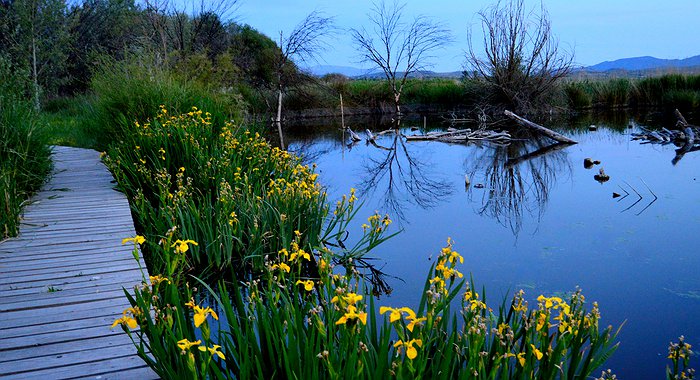
This privileged place is located on the southwestern slope of the Sierra Nevada massif, just 1 km from the centre of Padul.
Its natural importance makes it a protected area of the Natural Park of Sierra Nevada, with an area of nearly 300 hectares. The largest is made up of farmland and approximately 60 hectares are waterlogged and covered with marshy vegetation.
In addition, its great interest and environmental importance has given it such unique cataloguing as a Special Protection Area for Birds, a protected area of the Sierra Nevada National Park and a Wetland of International Importance under the RAMSAR agreement.
Thousands of birds pass through this wetland every year during periods of migration. This makes birding tourism lovers find an invaluable destination where to practice bird watching. The diversity in the Padul wetland means that up to 200 different bird species can be observed throughout the year.
This privileged place has great importance from the ecological, scientific and landscape point of view. It also has a peculiar peat bog, the southernmost in Europe, where in 1982 mammoth remains and other prehistoric animals were discovered.
Following the appearance of these remains, the mammoth has become an image and symbol of the municipality, creating a multitude of products and services with the brand of the mammoth, as well as even recreating this prehistoric animal on a real scale. You will find it next to the Padul Town Hall and in the surroundings of the prehistoric animal park.
The most accessible and respectful way to discover it is through its three prehistoric routes, the Mammoth Route, the Woolly Rhino Route and the Sabre-toothed Tiger Route.
Download here the guide of the Prehistoric Routes
Are you coming to discover Padul's wetland?
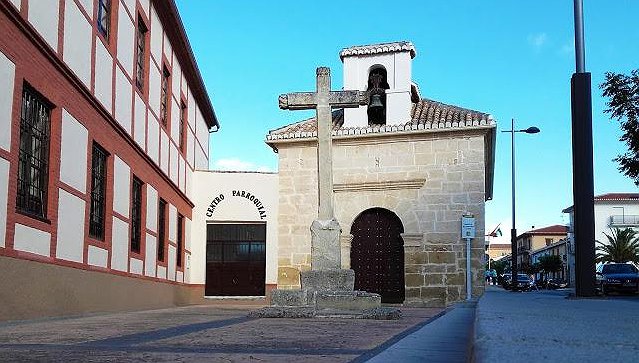
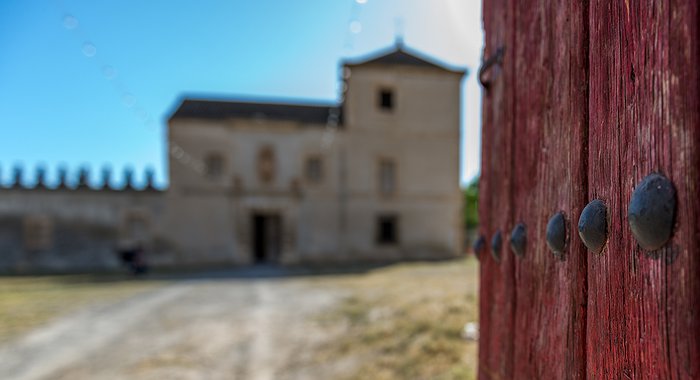
This monument popularly known as the Casa Grande, is located in the heart of the town.
During the Civil War this castle house became a center of confinement. Most of these prisoners were political prisoners coming mainly from the Alpujarra and the Basque Country (known as Gudaris) condemned to forced labour, from sunrise to sunset, to build the road that would allow the reforestation. Today, the Gudaris route is one of the most travelled routes through the Sierra del Manar, so thanks to them, their work and effort, we keep part of their history and their memory remains alive.
The reason for having chosen the old castle to accommodate these men is due to its large halls, which allow for the installation of the bedrooms and all the necessary facilities, and to the spaciousness of the courtyards, which are essential in a prison area.
In order to preserve and promote the uniqueness and beauty of this space, the Town Council of Padul organizes cultural activities such as open-air concerts, exhibitions and other cultural events.
